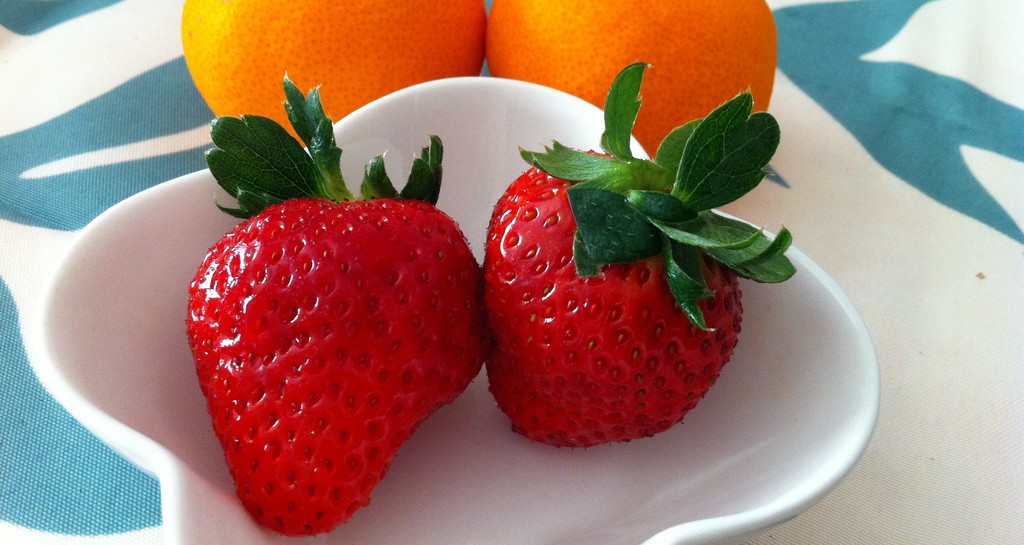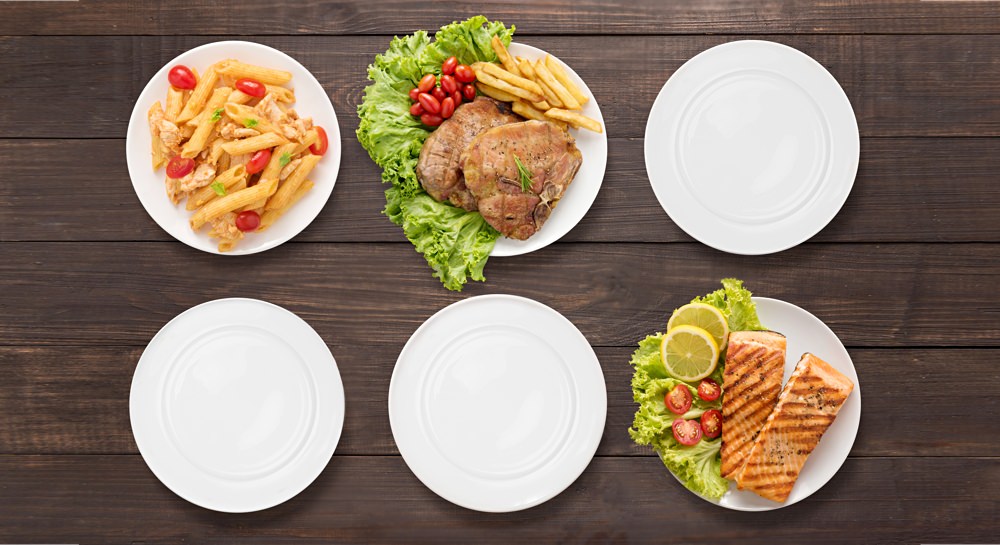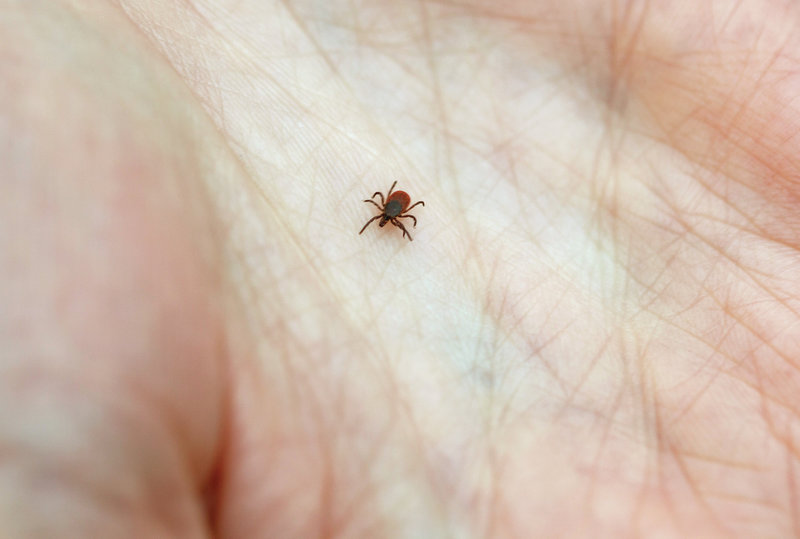19 Amazing Home Remedies for Removing Plaque Naturally
If you keep up with regular dental appointments and check-ups, you are likely to have experienced the professional dental clean. This is like the car wash service of dentistry.
It is designed to smooth over those rough edges, spruce up the oral interior, and leave your mouth sparkling and feeling healthy. One of the quickest and easiest ways to do this is to remove plaque and tartar.
This can be a very strange experience, because the dentist moves in close and uses a special scraping instrument to, literally, force the plaque from the teeth. They tend to focus particularly hard on areas where the tarter has begun to form calcified spots. These can be seen a little white or yellow marks on the outer surface of the enamel.
They are quite unsightly and can spoil a lovely smile, so cleaning is a really useful thing for patients. It cannot, of course, be a substitute for regular brushing and flossing. If you want your teeth to stay healthy (and in your mouth), you need to clean properly, avoid eating too much sugar, and be on friendly terms with your local dental specialist.
How to Recognise Plaque and Tartar
The terms ‘plaque’ and ‘tartar’ are commonly used in an interchangeable fashion. And, as they are very similar, this is not usually a problem. They are different things, however; plaque is the actual bacteria that causes decay and cavities. The tartar on your teeth is an accumulation of stains, saliva, food, dirt, and grime. It makes it easier for the plaque to take a hold of teeth.
It is tartar that you can see on the outside of teeth, in the form of yellow or white patches. It is usually removed by a dentist, because it is quite tough and sticks fast to enamel. If left untreated, tarter build ups can lead to bad breath and a general staining of the teeth. The enamel will take on a yellow colour and the patient may grow self-conscious very quickly. The good news is that a simple trip to the dentist can fix the problem.
Understanding Why Tartar Needs to Be Removed
Plaque and tartar both contribute to the development of decay and cavities. As tartar is porous, the plaque can build up inside and around it. It then calcifies around the plaque and bacteria. This traps all of the nasty stuff close to tooth enamel, where it can feast on and wear away teeth with harmful acids.
It is important to have tartar removed, because it greatly increases the risk of decay and gum disease. If left untreated, chronic gingivitis and degenerative tooth loss may be the outcome. For patients with underlying health conditions, the consequences can be extremely serious. Dental scientists now know that poor oral health can contribute to the development of things like diabetes and coronary disease.
Getting Rid of Plaque and Tartar at Home
While home remedies should never be used as a substitute for proper dental treatment, there are some methods that have proved very effective. The following section will outline some of these methods in more detail.
Careful and Sustained Brushing
There are no surprises here; brushing is the number one treatment for plaque prevention. If you brush properly after every meal (wait half an hour after eating), you can significantly reduce your chance of developing unsightly tartar patches. You need to be brushing for three minutes, with an even amount of pressure, and covering every part of your mouth.
Using Fluoridated Toothpaste
There is a very good reason why commercial toothpaste recipes almost always contain fluoride. This substance strengthens the tooth enamel and lessens the risk of decay from acidic foods and drinks. In fact, it actually helps decayed teeth to heal and regenerate. The only problem is that this process occurs too slowly for brushing alone to prevent cavities. You also need to eat a healthy diet and steer clear of sugary snacks.
Buying Tartar Control Toothpaste
If you are prone to developing tartar patches or are worried about plaque, pick up a tartar control toothpaste variety. They contain a concoction of ingredients designed to battle against crusty build ups in the mouth. In some cases, they also contain triclosan. This is an antibiotic substance that can kill off a number of bacteria strains.
Cleaning with Baking Soda
For many years, people have been using baking soda as a cleaning substance for teeth. It is slightly abrasive so it pries and files nasty stuff from the surface of enamel. All you need to do is take (only) one tablespoon of baking soda. Add a pinch of salt. Then, dampen a toothbrush and dip it into the mixture. Clean your teeth as you usually would and rinse thoroughly.
Mixing Aloe Vera and Glycerine
The benefits of aloe vera gel have been praised for decades, but did you know that it can also be used to keep teeth free from plaque? Take a cup of water, combine it with half a cup of baking soda, and a teaspoon of aloe vera gel. Then, add a healthy dose of lemon essential oil and four teaspoons of a vegetable glycerine. Now, scrub your teeth with the formula and wake up to a shiny set of gnashers in the morning.
Rubbing the Teeth with Orange Peel
If you don’t fancy rubbing vegetable glycerine on your teeth, you might prefer something a little simpler. You can rub orange peel directly onto your teeth and this will help to fight tartar building microorganisms on the enamel. You can also mash up the peel (though this may take some time) and apply it to the stained areas. Leave to rest and then rinse. You should find that this noticeably whitens the teeth.
Eating Lots of Fruit and Vegetables
This is an all-round great tip, not just one for keeping your teeth healthy. Whether you like them or not, vegetables are a super ingredient. They are great for physical health and the teeth are no exception. Start munching on apples, celery sticks, carrots, and peppers to get your teeth looking strong and healthy in no time.
Munching on Sesame Seeds
The humble sesame seed can be used as an active dental scrub. It will gently remove plaque and tartar, without damaging teeth. To achieve this, just pop a handful of sesame seeds into your mouth. Chew them up, but do not swallow them. Take an old toothbrush (dry) and brush your teeth while the seeds are still in your mouth. They will act as a scrub and delicately scour the surface of stained teeth.
Enjoying Plenty of Figs
You would be surprised at how many natural home remedies there are for plaque removal. For example, did you know figs are great at fighting bacteria and other nasties on teeth? You just have to eat a handful (three or four) figs all at the same time. Chew them up slowly and deliberately, to give them as much exposure to the gums and teeth as possible. The chewing will kickstart the salivary glands and, as saliva contains antibacterial properties, this is only ever a bad thing for plaque and tartar accumulations.
Switching to an Electric Brush
There is much debate about whether electric is always better when it comes to brushing. For the most part, it is down to personal choice. However, studies have shown, time and again, that electric brushes are more efficient at removing built up material on teeth.
Always Remembering to Floss
It is common for people to take their brushing very seriously, but then completely disregard the need to floss. As dental industry guidelines state, both are required for a high quality dental care routine. While brushing is great for getting at the surface of tooth enamel, a lot of debris and dirt accumulates in the corners. You simply cannot reach this with a regular brush.
Rinsing with an Antiseptic Cleanser
You can also control tartar and plaque build-up with a hydrogen peroxide based mouthwash or cleanser. If you cannot find this type of product in your local pharmacy, it is pretty easy to knock a batch together yourself. Just take one tablespoon of antiseptic mouthwash and add three tablespoons of (3% only) hydrogen peroxide solution. You must make sure that the substance you use is of a suitable concentration or you could damage your teeth.
Investing in a Dental Scraping Device
A dental scraper (or pick) is essentially the same kind of device that your dentist uses to coax the tartar from your teeth during intensive cleaning. You can buy these in pharmacies and drugstores. They are long and thin, with a hooked metal end. In fact, they can look a little daunting, but scraping should never be painful. Take your pick, stand in a well-lit room, with a mirror and gently scrape at the white patches of tartar.
Making a Super Vitamin Paste
You could also mash together a super nourishing paste of vitamin C heavy fruits. So, oranges, tomatoes, strawberries, and anything else that you have in the house. Mix together until you get a thick paste and then apply this to the tartar and plaque build ups. Leave to rest for five minutes and then rinse thoroughly. The vitamin C will help to remove bacteria and keep your mouth healthy.
Feasting on Spicy Cuisines
If you are a fan of Indian or Mexican food, you are in luck. According to dental scientists, spicy cuisines are great for reducing plaque and tartar levels in the mouth. They do this by increasing your production of saliva. As we know, salvia is the secret weapon of the oral environment. It washes over teeth and cleanses them of nasty stuff.
Gargling with a Vinegar Solution
This is not a pleasant method for removing plaque, but it is natural and guaranteed not to harm teeth. It will taste pretty unpleasant, but it is effective. Take a solution consisting of two tablespoons of vinegar, one tablespoon of salt, and four ounces of water. Now, gargle with this vinegar solution. Rinse and repeat every 2-3 days for maximum value.
Grinding Up Clove Spices
This inclusion of this wonder spice should come as no surprise, because it has been used as a pain remedy for toothache for centuries. It is widely available in supermarkets, because it is a common ingredient in Indian cuisine. So, you should have no trouble finding cloves already ground and ready to use. Mix the ground spice with a little water, until it forms a paste. Apply this paste directly to the stained areas and leave to rest. Rinse thoroughly.
Identifying the Biggest Stains
There is a really easy and clever way to check if you have a plaque build-up on your teeth. Take some food colouring – just the regular stuff found in supermarkets – and add it to a teaspoon of water. You can use this mini mixture as a plaque highlighting solution. However, you are advised to rub a little petroleum jelly on your lips first to avoid stains. You only need to gargle with the food colouring and then spit it out. You should be left with light patches of colour where the most stubborn plaque accumulations are; concentrate brushing here.
Indulging in Cheesy Snacks
And finally, snacking on aged cheeses (like Swiss or cheddar) can be a great way to neutralize the acids that accumulate right after meals. As these acids are what contribute to plaque build ups, you now have a perfectly valid excuse to be indulging your penchant for fine fromages. According to scientists, there is an element in aged cheese that acts as a buffering agent and a barrier for plaque. You can also find the same element in peanuts and sesame seeds.
Hints and Tips for the Prevention of Plaque
Keep reading for some handy hints and tips on avoiding plaque build ups altogether. This is the single best way to approach the problem, because prevention is always cheaper than the cure when it comes to dentistry. If you can stop plaque and tartar from building up in the first place, you have a much better chance of keeping all of your teeth healthy.
Keep Up with Dental Appointments
It is your job to keep up with check-ups and appointments. It is not the responsibility of your dentist to make you attend. Once you have missed several consecutive dates, you run the risk of being taken off the patient list at the surgery. So, avoid falling into a dental limbo by maintaining a good dental healthcare routine.
Always Use a Soft Bristled Brush
Keep an eye on how hard you are brushing your teeth. You should not be placing a great pressure on them. It will not clean your teeth faster or better; be reasonably gentle and use a soft bristled brush for comfort. It is a common misconception to believe that hard bristled brushes are better at getting rid of plaque.
Cut Back On Your Smoking Habit
Unfortunately, there is no cheat or secret way around this one. The reality is that smoking plays havoc with oral and dental hygiene. You will always be at a much higher risk of gum disease and tooth infection while you smoke. It will also lead to accelerated tartar build-up in and around the gum line.
Drink Plenty of Fresh Water
There are few things as natural and as healthy as water. You should be drinking around eight glasses of it every day anyway, so this tip should really only be a reminder. If you drink plenty of water, it will wash away plaque, dirt, and debris before it gets a chance to take a hold on the surface of tooth enamel.
Consult with Your Dental Specialist
If you have any questions or concerns whatsoever about the health of your teeth, you need to take them to the one person who is perfectly poised to provide an answer or a solution. Your dentist is there to give you as much advice as you need, whether it is about treatments, pain relief, dealing with cavities, or pressing ahead with things like braces and dentures.
Whatever you do, don’t waste your dentist. They represent a very special resource and it should not be squandered. They are not there to give you a lecture or yell about how badly you have treated your teeth (though a disapproving look or two can work wonders for lazy patients). They are only there to offer you the finest in dental care and treatment available.
Take advantage of this by being a model patient. Brush and floss regularly. Eat a healthy diet, filled with plenty of fruit and vegetables. And keep up with regular check-ups and appointments, because your visits to the dentist are what determine whether you need a quick clean or a more extensive treatment. To make the former more likely, give your teeth the tender love and care that they deserve.
Source: carefreedental.com
“19 Amazing Home Remedies for Removing Plaque Naturally”


